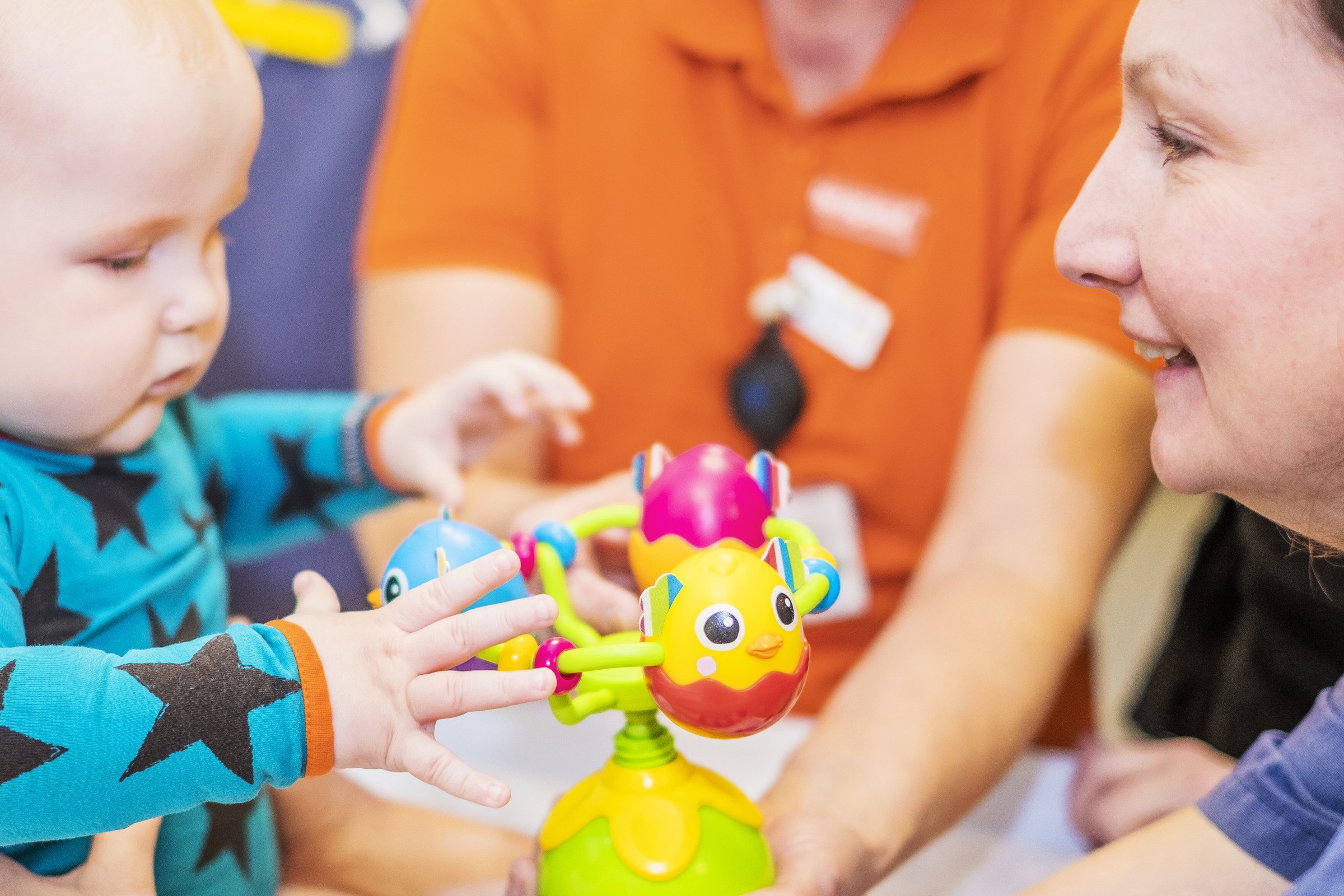Musculoskeletal Infections - in children
Musculoskeletal infection is usually caused by bacteria and are infections in the bone and joint of the child.
There are two main types of Musculoskeletal infection
- Osteomyelitis is the medical term for a bone infection.
- Septic arthritis is infection of a joint
It is possible to have osteomyelitis and septic arthritis together.
Pediatric Orthopedics
The Pediatric Orthopaedic Department at Astrid Lindgren Childrens hospital provides excellent care for young patients with musculoskeletal problems age 0-14y. Pediatric Orthopedics
Request medical treatment
More information on who can request a medical second opinion or treatment at Karolinska.
Continue
The Astrid Lindgren Children’s Hospital is a part of Karolinska University Hospital, with facilities in several locations in Stockholm.
